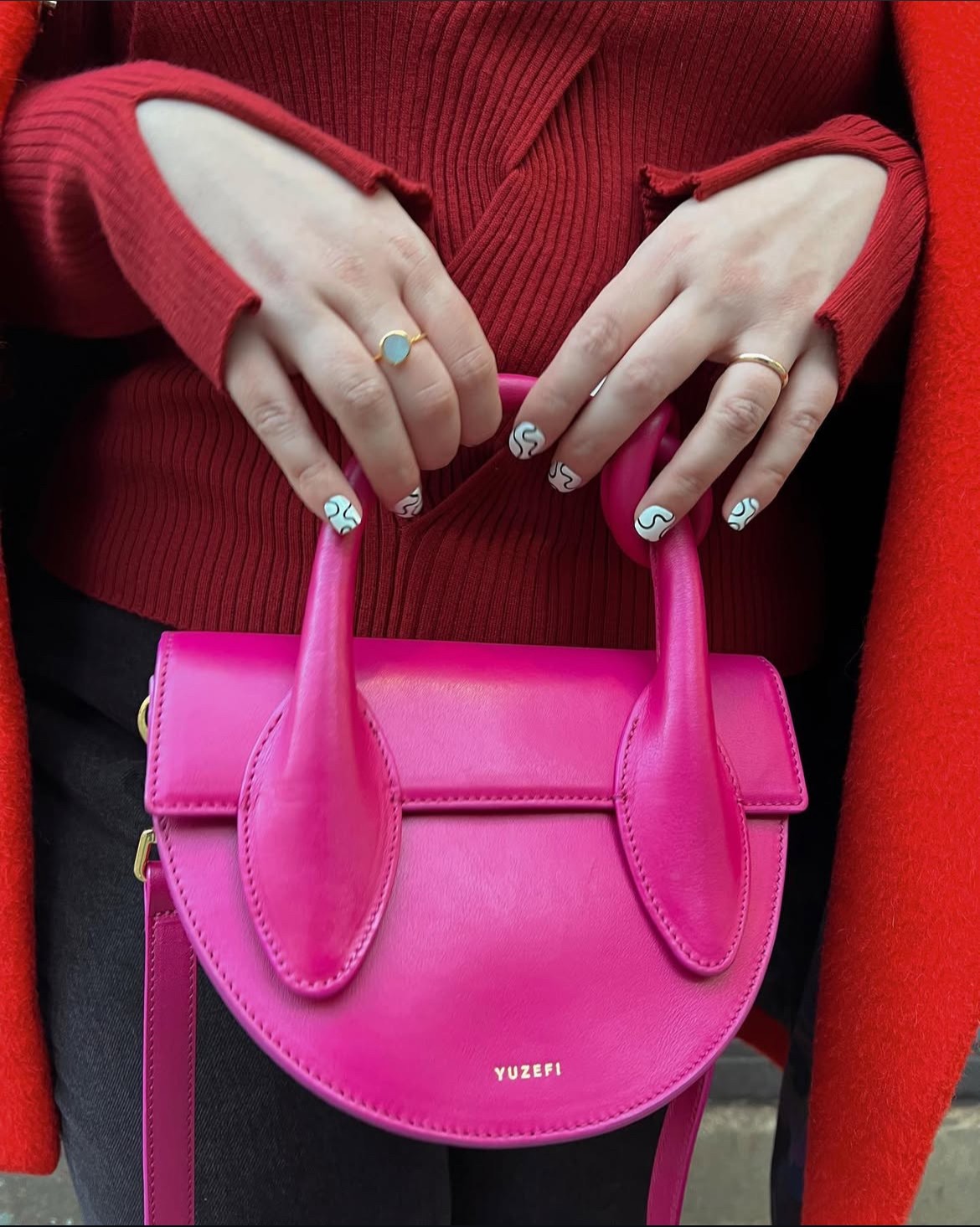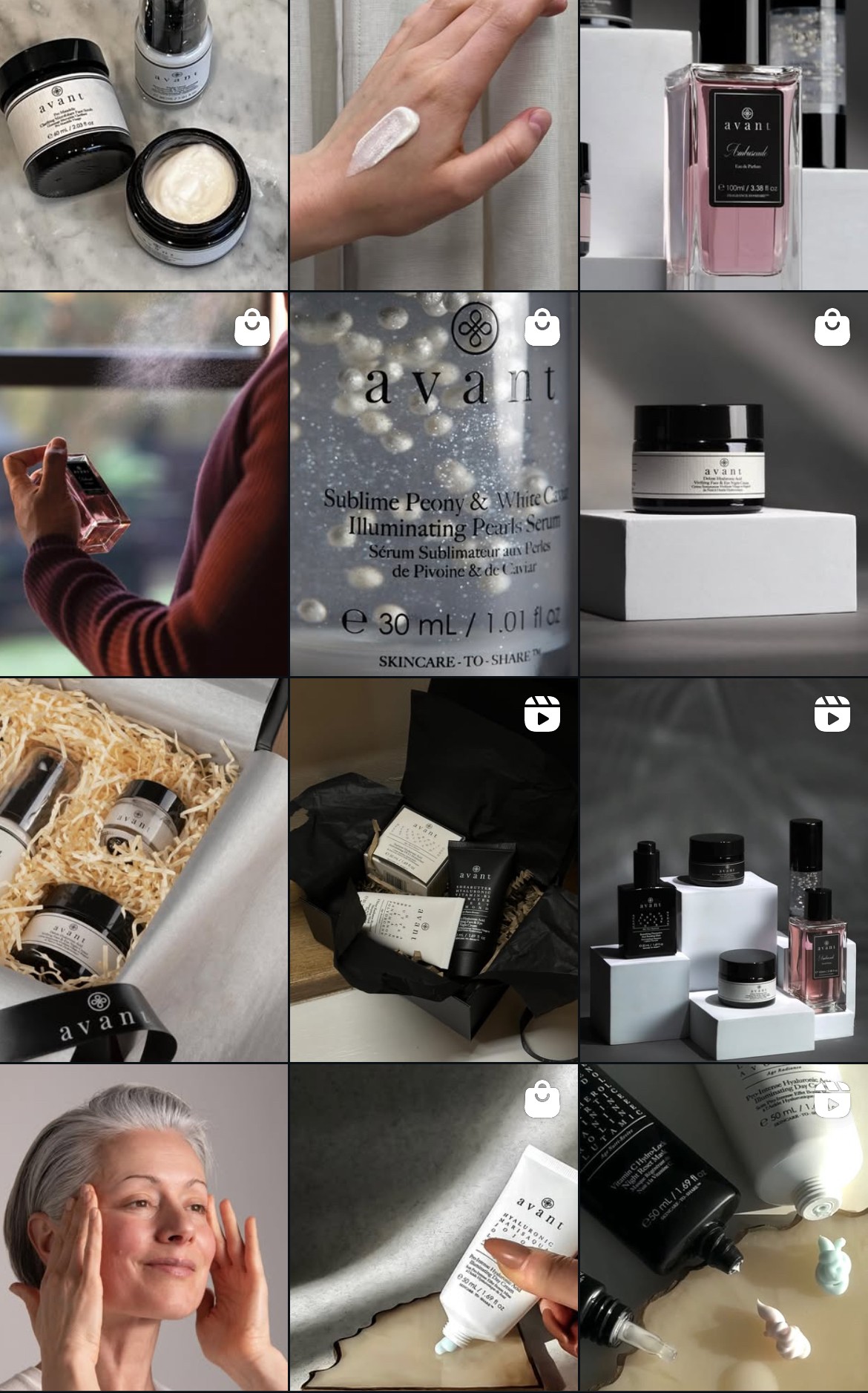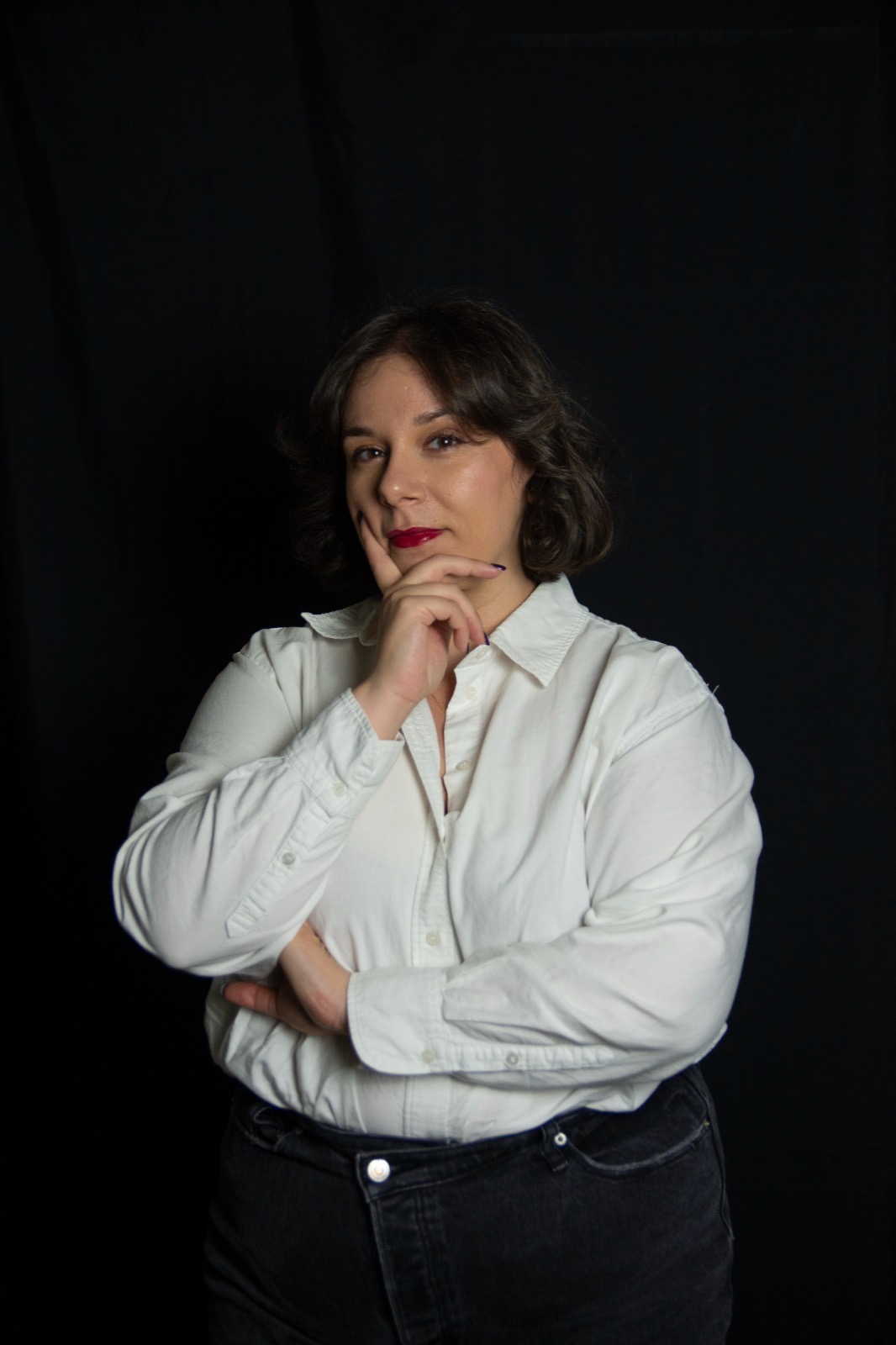We recently connected with Luana Basso and have shared our conversation below.
Hi Luana, thanks for joining us today. One of the most important things small businesses can do, in our view, is to serve underserved communities that are ignored by giant corporations who often are just creating mass-market, one-size-fits-all solutions. Talk to us about how you serve an underserved community.
Yes, my work definitely serves an underserved community. I’ll give you an example. Early on, I spoke with a young woman from a small town who told me she felt invisible. She experienced constant harassment online, but when she tried to talk about it, people brushed it off as “normal.” The local media never covered stories like hers, and the platforms she used didn’t seem to care. She wasn’t alone. I kept hearing the same thing from others: “We don’t see ourselves represented, and when we are, it’s usually as a problem rather than as people with voices and agency.”
That gap is exactly what I try to address. I work with women, LGBTQ+ people, and young people who are navigating digital spaces without support or recognition. These are communities that often face the worst of online harm, yet their realities are frequently overlooked in mainstream conversations.
It matters because when these voices are missing, entire groups are excluded from the debates that shape policy, culture, and the future of media. Journalism and communication can bridge that gap, making sure stories are not only told but also taken seriously.
So what I do is publish stories that highlight lived experiences of misogyny and digital violence, create resources that make these issues easier to understand, and push for accountability from platforms and institutions. In other words, it’s not just about documenting inequality, it’s about actively rebalancing the conversation.
For me, serving this community is not a side project. It’s at the core of why I do this work.

Luana, before we move on to more of these sorts of questions, can you take some time to bring our readers up to speed on you and what you do?
I started my career in social media and marketing. I worked on influencer campaigns, managed content strategies, and helped brands connect with audiences in a way that felt authentic. Over time, I realized that what I enjoyed most wasn’t just driving engagement, but telling meaningful stories and ensuring the right voices were being heard. That realization is what pushed me to transition into journalism and communications.
Now my work is a blend of storytelling and strategy. On the journalism side, I write about politics, culture, and gender, often focusing on communities and issues that are overlooked in mainstream media. On the communications side, I help organizations build campaigns and narratives that not only reach people but also resonate with them. In both cases, my goal is to make complex or difficult topics more accessible and to create space for perspectives that don’t always get amplified.
What sets me apart is that I’ve worked on both sides. I understand the fast-paced world of social media and brand communications, but I also bring a journalist’s eye for research, context, and accountability. That combination means I can balance reach with depth, which is something I think clients and readers both value.
I’m most proud of the impact my work has had in sparking conversations around digital misogyny, online communities, and media accountability. Whether it’s an article, a podcast, or a campaign, I want people to walk away not just informed but also feeling like their experiences and questions matter.
At the heart of it, what I want people to know about my work is that it’s driven by purpose. Everything I do is about making stories more visible, making audiences feel seen, and helping shape conversations that can lead to change.

How about pivoting – can you share the story of a time you’ve had to pivot?
A major shift in my career was transitioning from social media marketing to journalism and communications. I initially worked with fashion and beauty brands, creating influencer campaigns, managing content calendars, and growing online communities. It was fast-paced and creative, and I learned a lot about capturing attention and building trust with audiences. But after a while, I realized something was missing. The work was reaching people, but it wasn’t making the kind of impact I wanted. I knew I wanted to use my storytelling and strategy skills to do more than just sell products.
That turning point led me to retrain in journalism. It was not an easy choice, because it meant leaving an established career and starting fresh in a new field. I had to prove myself again, learn how to shift from brand storytelling to investigative and cultural reporting, and build credibility as a journalist. At the same time, I relied on the strengths I already had from social media, the ability to understand audiences, simplify complex ideas, and communicate in a way that resonates.
Since making that shift, I have written about politics, culture, and gender, focusing on how digital spaces shape people’s lives. I have also worked in communications for organizations where the goal is not just to reach an audience but to spark conversations and push for accountability. Looking back, it was a risk worth taking because now my work feels meaningful. I can use the tools I developed in social media to tell stories that matter, amplify voices often overlooked, and contribute to conversations that extend beyond clicks and metrics.

Do you think there is something that non-creatives might struggle to understand about your journey as a creative? Maybe you can shed some light?
I think one thing non-creatives sometimes struggle to understand is how much risk and uncertainty come with choosing a creative path. On the outside, it can look like you are just following your passion or doing what you love, but in reality, it often means stepping away from security, starting over more than once, and having to constantly prove the value of your work.
For me, the big example was leaving a stable career in social media marketing to move into journalism and communications. From a traditional perspective, it made no sense. I had a solid career, I was working with major brands, and there was a clear trajectory ahead of me. Walking away from that to go into a field where I had to rebuild from the ground up looked risky, even reckless, to people who value stability over creativity.
What they didn’t see is that creativity is not just about producing content or art. It is about solving problems differently, telling stories that need to be told, and being willing to take risks for the sake of impact. That pivot taught me that sometimes the most creative choice is also the most uncomfortable one, because it pushes you to grow and align your work with your values.
So if there is one insight I would share, it is that the creative journey is not a straight line. It is made up of pivots, experiments, and leaps of faith. What looks like instability from the outside is often exactly what allows a creative to build something meaningful.
Contact Info:
- Website: https://luanabasso.substack.com/



